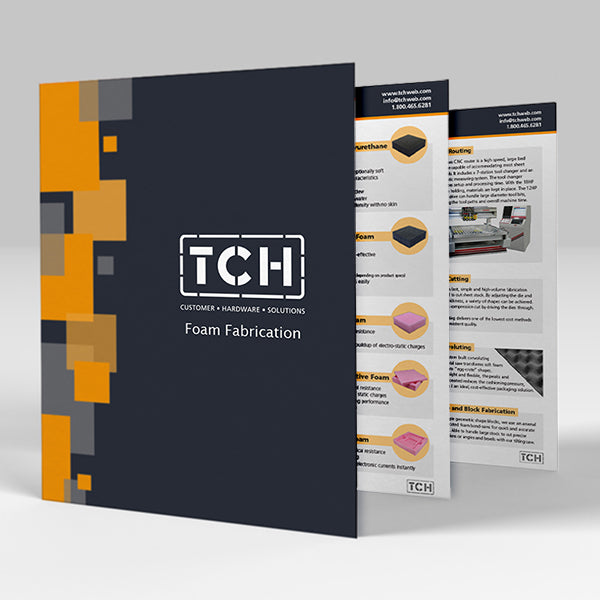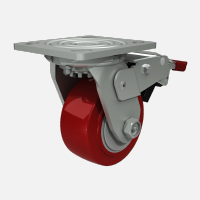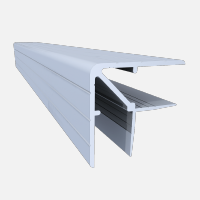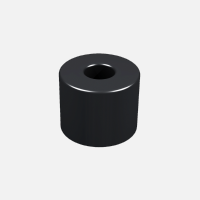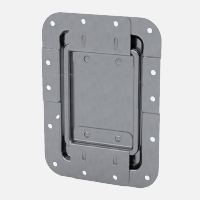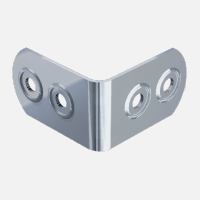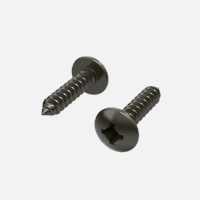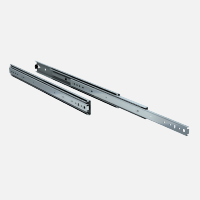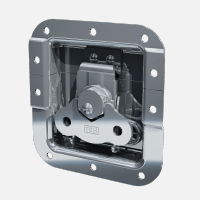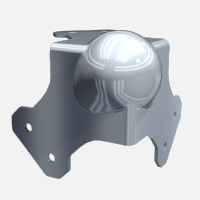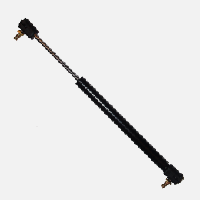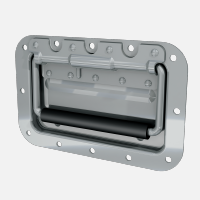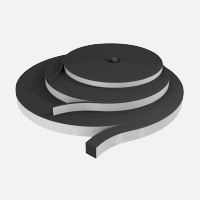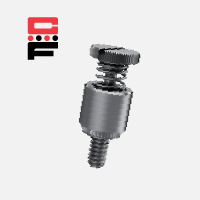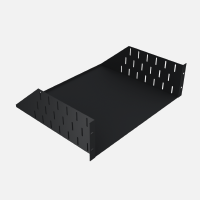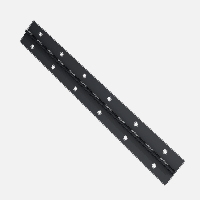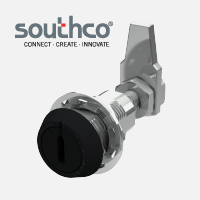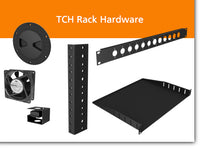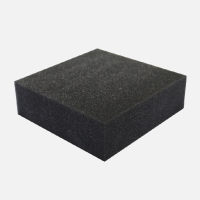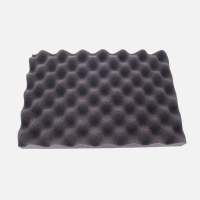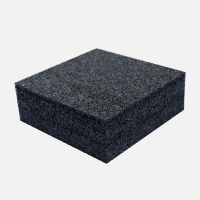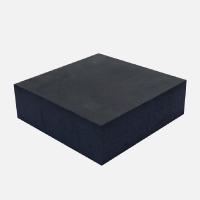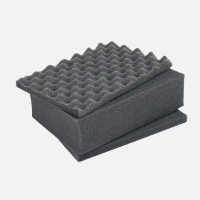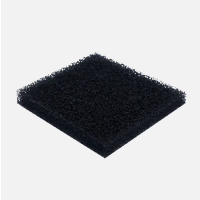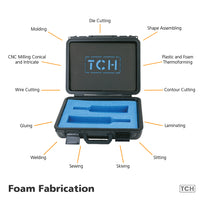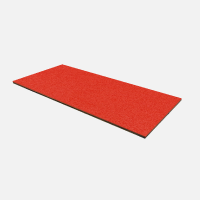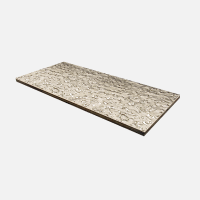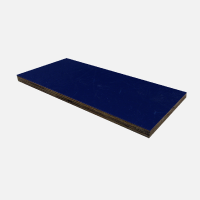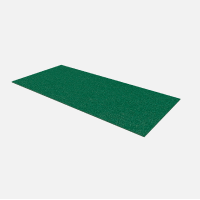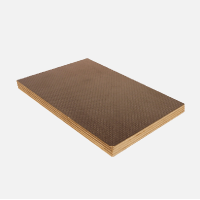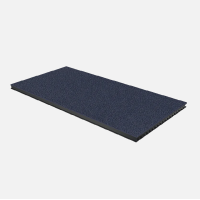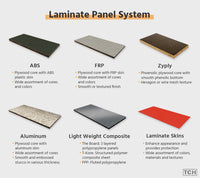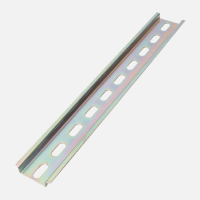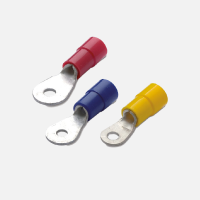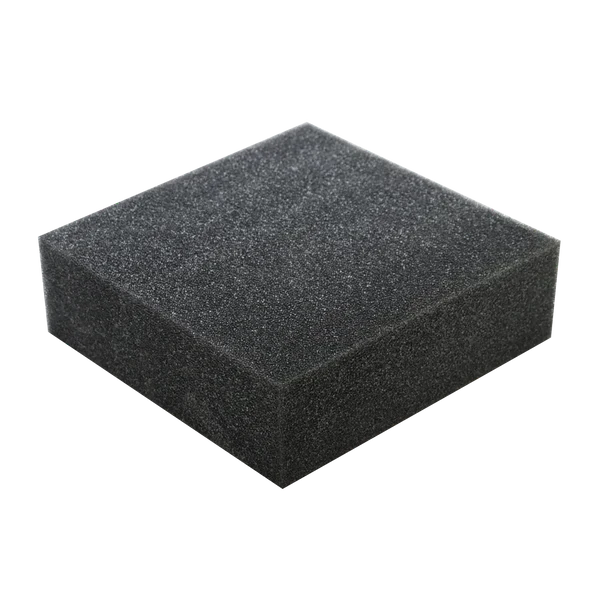Industrial environments demand materials that can withstand a mix of performance requirements—durability, safety, filtration, and adaptability. Selecting the right foam is not just about function, but also about long-term value and compliance with specific industry needs.
Across industries using acoustic foam in Canada, two options are most commonly compared:polyurethane acoustic foam and melamine foam. Both serve as versatile materials but differ significantly in composition, resilience, and practical applications. Understanding these differences helps industrial buyers align material choice with operational goals.
1. Composition and Material Properties
Polyurethane acoustic foam is a synthetic polymer known for its flexibility and resilience. Its closed-cell or open-cell structure allows it to function effectively in demanding filtration environments, such as air systems, dust collection, or machinery protection. Variants likeconvoluted acoustic foam add texture, increasing surface area for enhanced performance.
Melamine foam, on the other hand, is a thermoset material made from a melamine-formaldehyde resin. It has a naturally rigid, open-cell structure that makes it lightweight yet brittle compared to polyurethane. While it is effective for certain filtration and cleaning applications, melamine lacks the same versatility and structural strength found in polyurethane.
2. Filtration and Performance Capabilities
While often associated with noise reduction in other markets, in industrial Canadian settings, both foams are more relevant for their air and water filtration performance rather than sound absorption.
-
Polyurethane foam: Offers excellent airflow management due to its flexible, customizable pore sizes. It can be manufactured inthick acoustic foam sheets for heavy-duty applications requiring high particulate capture.
-
Melamine foam: Provides more consistent pore structure but lacks the same mechanical flexibility, making it less adaptable to custom or irregular industrial applications.
3. Fire Resistance and Safety Standards
Fire resistance is a critical factor in industrial environments. Melamine foam is naturally flame-retardant due to its chemical composition, often meeting higher fire safety ratings without additional treatments. This makes it suitable for facilities where fire codes are especially stringent.
Polyurethane acoustic foam, while not inherently flame-resistant, can be treated with additives to meet specific fire standards. For industries prioritizing safety without compromising durability, polyurethane with flame-retardant enhancements provides a balanced solution.
4. Durability and Environmental Resistance
Durability is one of the areas where polyurethane acoustic foam outperforms melamine foam. Its robust structure withstands moisture, dust, and mechanical stress better than melamine. In high-traffic or high-vibration industrial settings, polyurethane maintains its form and function over longer periods.
Melamine foam is more susceptible to crumbling and mechanical wear. While it excels in lighter-duty filtration, it often requires more frequent replacement in harsh industrial environments, which can increase maintenance demands over time.
5. Weight and Installation Considerations
When weight is a concern, melamine foam has the advantage. Its low density makes it easy to handle, transport, and install. This is beneficial for overhead applications or areas where reducing material weight is essential.
Polyurethane foam, though slightly heavier, offers superior strength and flexibility. It can be installed in a variety of formats—sheets, blocks, or custom-cut components—without sacrificing durability. For facilities requiring materials that adapt to irregular dimensions or unique machinery housings, polyurethane is often the more practical choice.
6. Cost Comparison and Value for Money
Cost is a deciding factor for many Canadian industries. Polyurethane acoustic foam is generally more affordable upfront and delivers longer service life, offering strong value for facilities managing filtration across large-scale operations.
Melamine foam, while higher in cost due to its inherent fire resistance, may deliver value in environments where lightweight materials and stringent fire standards outweigh other concerns. However, in terms of replacement cycles and durability, polyurethane usually proves more cost-effective in the long run.
7. Common Industry Applications in Canada
-
Polyurethane acoustic foam:
-
HVAC filtration and dust collection systems
-
Protective layers for machinery and electronics
-
Industrial water treatment and liquid filtration
-
Heavy-duty environments requiring thick acoustic foam or convoluted acoustic foam designs
-
Melamine foam:
-
Lightweight filtration panels where weight reduction is critical
-
Facilities prioritizing high fire-resistance ratings
-
Cleaning applications due to its unique abrasive properties
Both materials are used across Canadian industries, but polyurethane tends to dominate in heavy industrial settings due to its adaptability and durability.
Selecting the Right Acoustic Foam for Industrial Needs
Choosing between polyurethane acoustic foam and melamine foam depends on the priorities of the application. Polyurethane stands out for durability, cost efficiency, and versatility in filtration. Melamine is valued in niche applications requiring a lightweight structure and built-in flame resistance.
At TCH, a comprehensive range ofacoustic foam solutions is available to meet diverse industrial requirements. From durable polyurethane sheets to specialized designs that enhance filtration performance, TCH helps industries across Canada find the right foam for lasting results.
Contact TCH today to learn more about industrial-grade acoustic foam solutions tailored to specific applications.
Also read:
Comparing Acoustic Foam Thickness: Which Option is Right for Your Needs?



